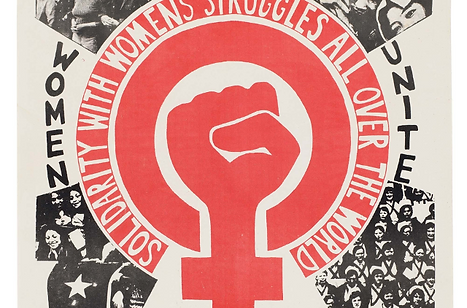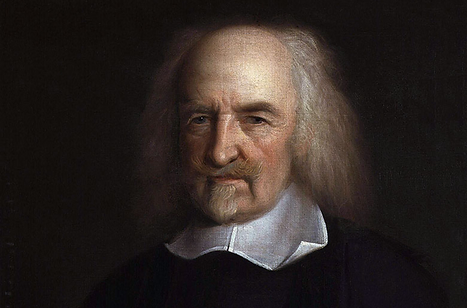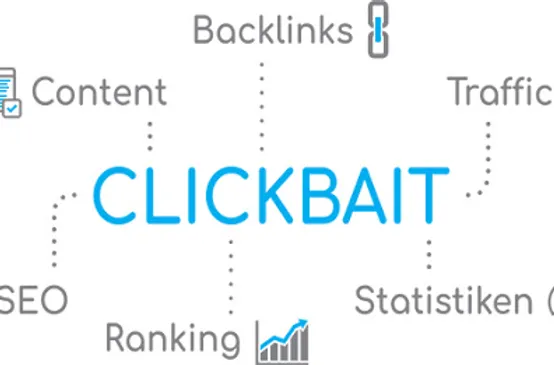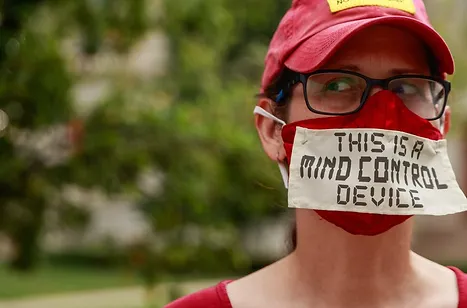
Reasons for Economic Contractions: What is Narrative Economics?

The reason why economic contractions happen has been one of the most important and fundamental questions of macroeconomics. There have been several different approaches to explaining these phenomena. Friedman and monetarists argued that contractions could mostly be explained by the degree of money supply, whereas real business cycle theorists focused on the effects of different and new technologies. (1)
One of the approaches used in explaining economic contractions which includes the concept of “animal spirits” was developed mostly by John Maynard Keynes. This approach takes the human psychology and perception of events into consideration. In recent years, another approach to economic contractions that follow the footsteps of the “animal spirits” of Keynes has come to the scene. This new approach is called “narrative economics” and focuses on the effects of narratives on human psychology, which eventually lead to the events and thoughts that cause less economic activity. The concept of “narrative economics” is mostly created by the 2013 Nobel laureate Robert Shiller in his 2017 article. (2)
When we think about it, it is not hard to understand the importance of narratives and psychology in economics, for the basic reason that economics study the decisions taken by micro level individuals in the end. If we try to explain the decisions of individuals who make up the whole macro-economic activity by using only some mathematical questions we will disregard most of the things which actually affect their decision-making process about their consumption patterns. We are all human beings, and our decision-making process depends on many factors, not only the interest rates. For example, whether you are going to buy a new backpack or not might be determined by a popular movie that you recently watched that has a magical backpack in it. “Narrative economics” is an attempt for taking these other parameters into consideration in economic research.
We can examine the 1920-1921 crisis of the USA as an example to compare the viewpoints of classical views and narrative economics. The monetarist view explains this crisis by using the interest rate policy of FED during 1920, they say the interest rate was increased unnecessarily causing a recession. The problem with such an explanation is that it does not explain how micro actors that make up the economy are affected by the interest rate and take the decision of spending less. “Narrative economics”, on the other hand, focuses on the general state of psychology and narratives throughout society at that time to understand the mindset of people. It states the 1920s was a hard time, after both the influenza pandemic and World War 1. They argue that these bad times meant people would perceive companies who still made profits negatively. People would start boycotting these firms whom they perceived as unethical, firstly starting the spiral of decreasing total consumption and demand. Differently, from the monetarist view, the narrative economics theory includes the micro actors and explains the first starting point of a contraction. (3)
This idea of narrative economics is very closely related to the concept of animal spirits as developed by John Maynard Keynes. (1) Keynes argues that periods of optimism and pessimism are the actual determiners of economic performance since the actual capital, labor, and technology level does not marginally change in short amounts of time. He gives the name “animal spirits” to the thoughts creating these periods of optimism and pessimism. The “animal spirits” or “sentiments” include changes in expectations and perceived uncertainty the economy faces. The problem with this view is that although it includes the thinking mechanism of micro actors that make up the economy, it does not explain what creates changes in sentiments in the first place. “Narrative economics” is important to Keynes’ theory in this view, it can be used to determine why people suddenly start to feel pessimistic about the future.
To sum up, narrative economics is a new approach to explaining the reasons for economic contractions. It focuses on the narratives people hear every day, how these narratives are contagious in society and how they affect our decision-making process. It is important in the sense that it takes the human factor into account.
References:
Acemoglu, Daron, et al. Macroeconomics. Pearson, 2019.
Shiller, Robert J., (2017). “Narrative economics.” American Economic Review, 107(4), pp.967-1004.
The University of Chicago. (2017, February 10). “Narrative Economics": Director's Lecture” YouTube. https://www.youtube.com/watch?v=b8l6wLSPnYY






